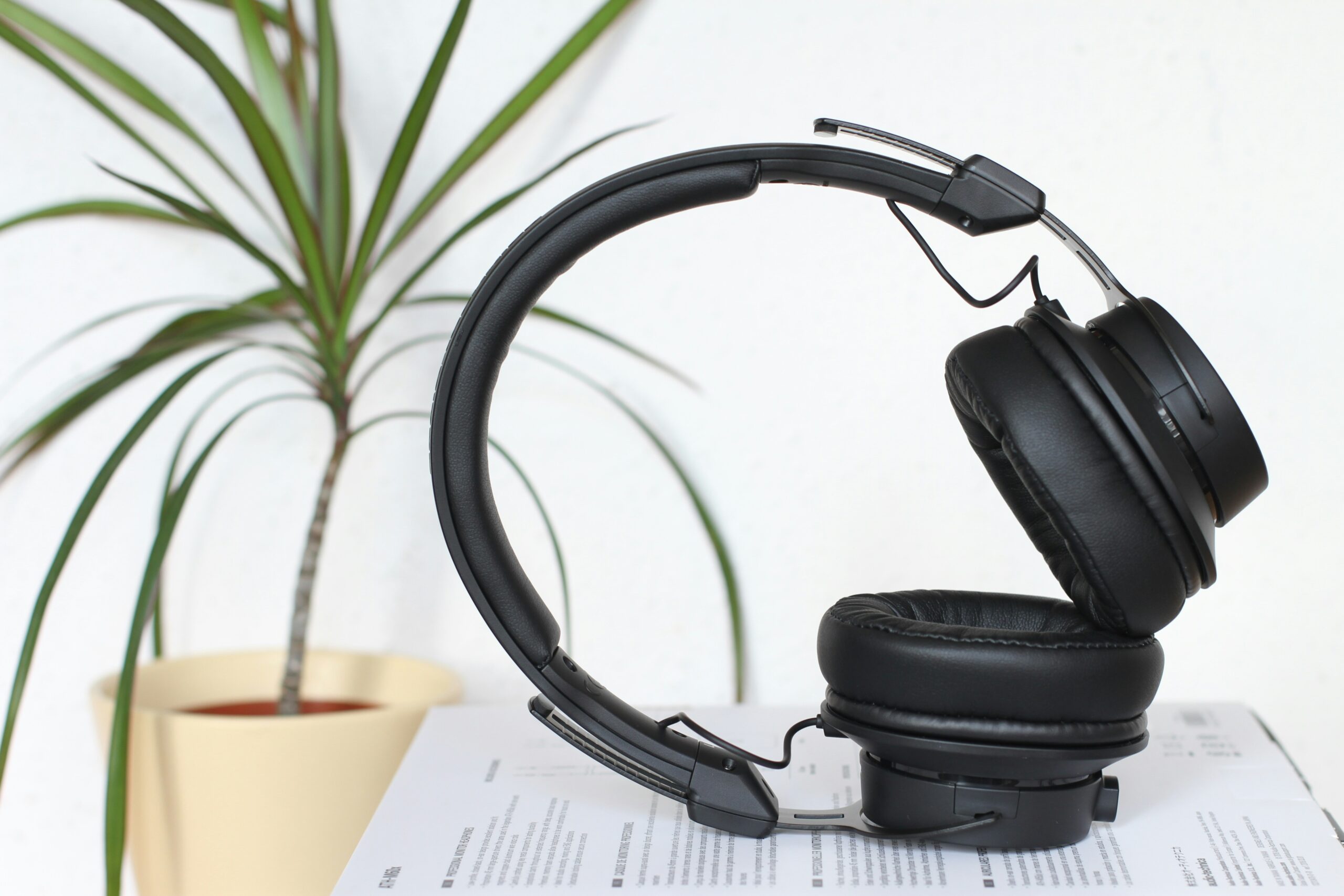Lana’s English language training instructors implement active listening practice to strengthen their students’ comprehension ability.
It’s no secret that a common difficulty in language acquisition is listening comprehension. This rings true for Lana’s Vietnamese student participants in its English Language Training (ELT) program in Hanoi. Although the students in the high-intermediate class are quite knowledgeable about grammar and vocabulary, they still struggle with listening. As a long-term educator, I’ve employed a simple methodology that involves active listening practice.
Active Listening
I teach my students that they should approach audio questions actively rather than passively. This means that they should read the question before they hear the audio question. Therefore, students are mentally and contextually prepared for the information before they hear it. I then tell my students they should be ready to predict the answers. There are a few factors to consider in this step:
- What are the two most likely correct answers, and what answer is most likely incorrect?
- Does the question indicate any grammar rules (part of speech, verb tense or case, single/plural nouns, etc.)?
- Are the content words in the answer related to the content words in the question?
- Do any possible answers complete a collocation, idiom, fixed phrase, or common figure of speech?
In practice, I will normally have a list of six to ten questions and give the students 20 seconds to quickly read them. During this time, they will be putting these prediction techniques into practice. After a quick read, I then ask individual students to predict the best possible answer and the least likely answer. Then for the first time, I play the listening section through without stopping. I ask for the answers from a different set of students. At this point, I give no indication of which is correct. The “first pass” is to merely see what initial student reactions are.
For the second attempt, I play the listening with pauses in between each question. Students must check their answers and write down two or three key words they heard. After the second pass, I will ask a different set of students for their answers. The second attempt allows a comparison between the initial predictions, the first response, and a more detailed second response. This also directs students to trust their ability to understand important information they hear, even if they did not catch every word.
Positive Results
Using this staged approach to simple listening exercises has shown me a few different results. Firstly, I’ve noticed that asking for predictions before listening allows students to build confidence. This is because 50-60 percent of the time, their predictions are correct. Secondly, students become more methodical when dealing with questions that earlier would have flummoxed them. Thirdly, they have improved their ability to select an answer even if they don’t understand every word in the question.
One of the biggest barriers to listening competency in Vietnam is the common belief that they must understand every single word in the audio. However, getting good at listening means getting comfortable choosing without understanding everything.
